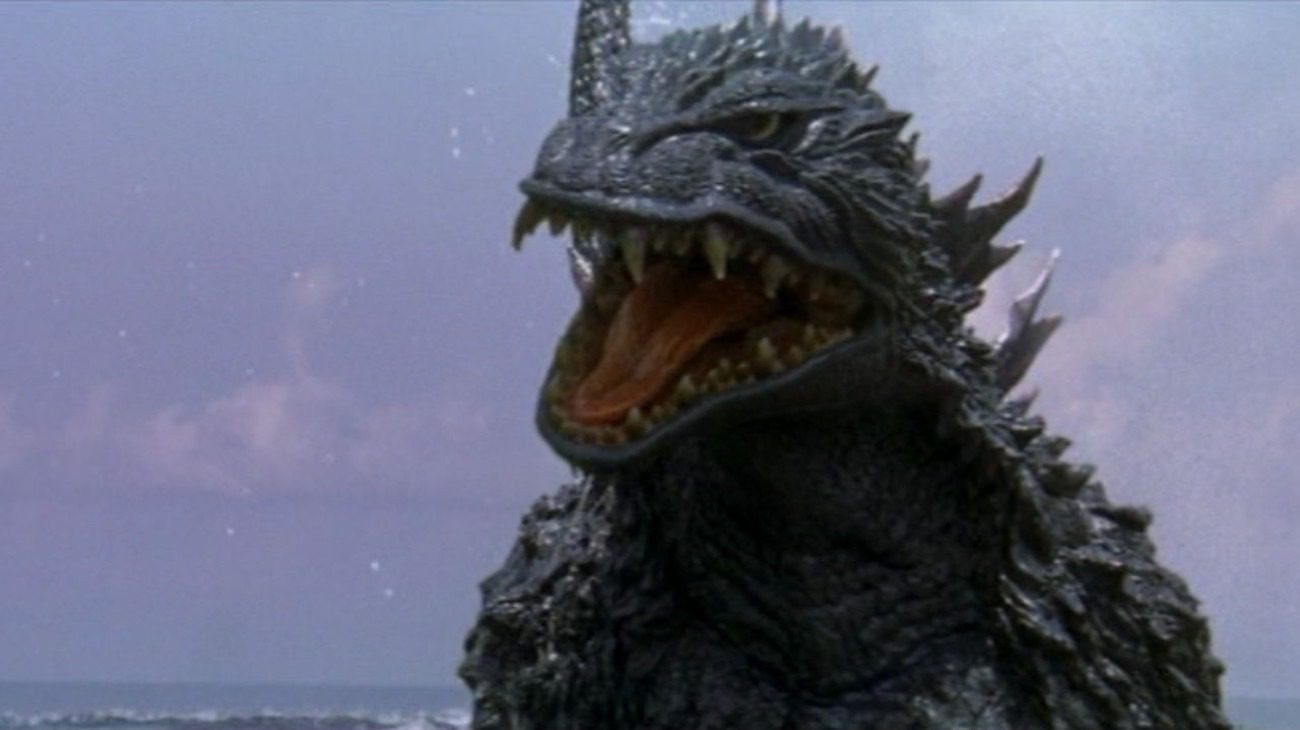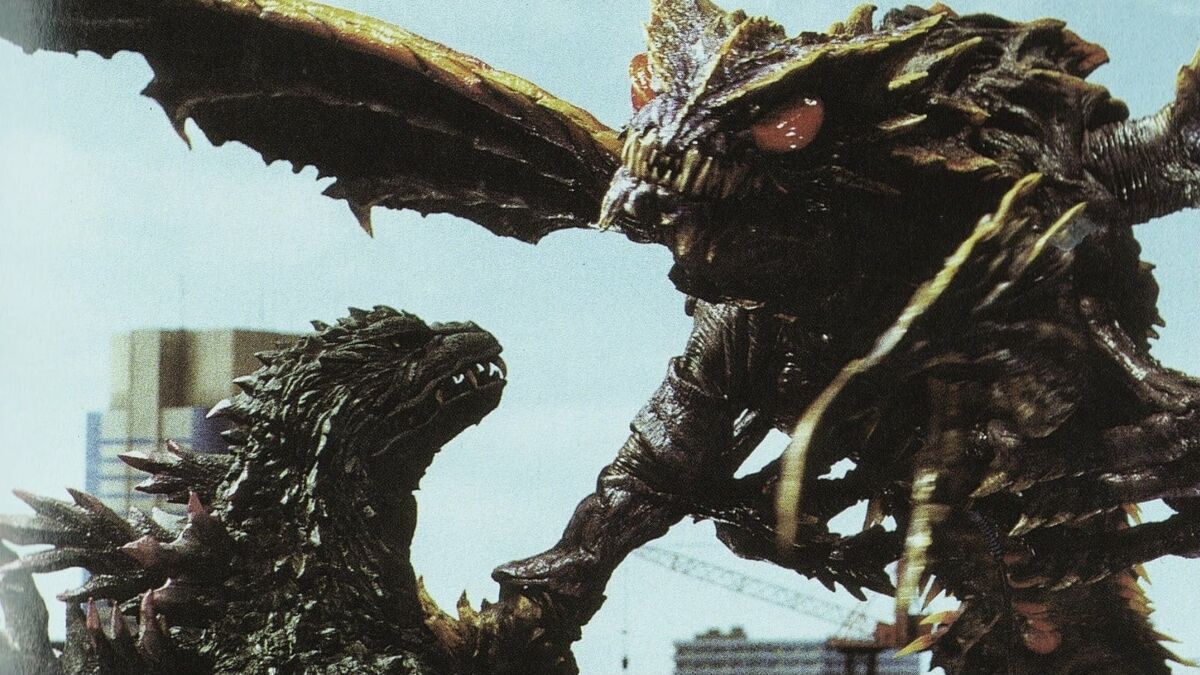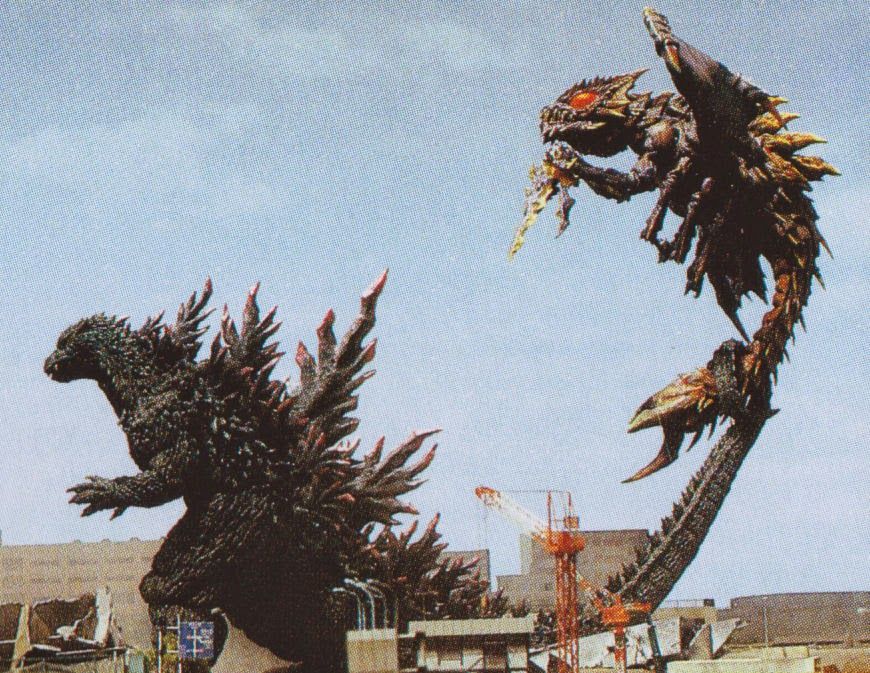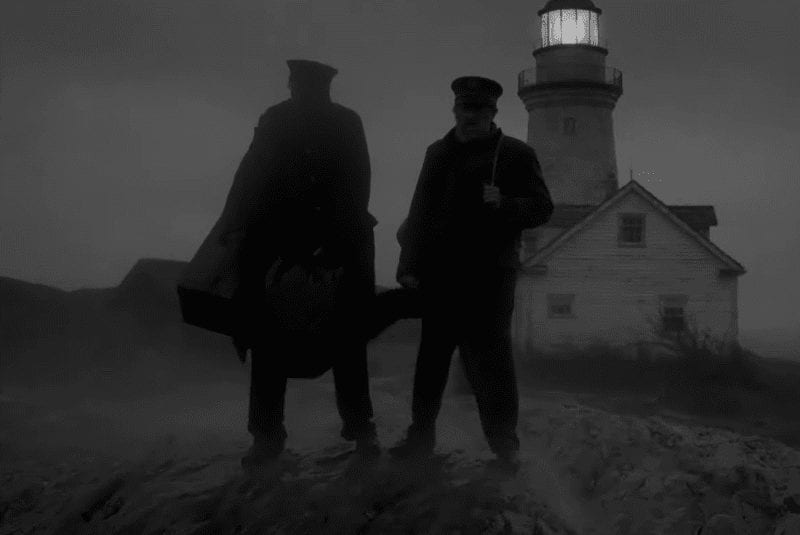
By Ben Dower
After Godzilla?s attack in 1954, he disappeared into the ocean and Japan changed its capital city to Osaka.??In 1966, Godzilla attacked Japan?s first nuclear power plant at Tokai, and so the country shifted to other forms of energy production.??In 1996, Japan developed plasma energy, but that also attracted Godzilla, who came to Osaka.??While attempting to repel Godzilla, Kiriko Tsujimori?s (Misato Tanaka) platoon was wiped out and then her commander was killed when she disobeyed his orders to retreat.
By 2001, Major Kiriko Tsujimori is part of the G-Graspers unit, which was established to study Godzilla and protect Japan from him. They hire Hajime Kudo (Shosuke Tanihara), a tech expert, to help them develop a blackhole gun called Dimension Tide, with the plan being to suck Godzilla through a blackhole to another dimension.
During testing of the Dimension Tide, a giant insect comes through the blackhole and lays an egg. A child disposes of the egg down a sewer, where it splits into several smaller eggs. The eggs hatch into human-sized insect larva called Meganulon, which flood Shibuya and eat people.

The insects eventually molt into giant dragonflies called Meganura, which go to an island where the G-Graspers are trying to eliminate Godzilla with a satellite-mounted Dimension Tide, and the Meganura use stingers in their tails to steal energy from Godzilla. Despite the interruption, the G-Graspers are able to fire Dimension Tide at Godzilla, but miss, allowing him to escape to the sea.
The surviving Meganura feed the energy they took from Godzilla to their giant queen, who is still underwater in Shibuya, and then die.??The queen molts into a monstrous dragonfly called Megaguirus.??Eventually, Godzilla comes to Tokyo and fights Megaguirus, defeating the flying creature.??As Kudo works to bring a troubled Dimension Tide back online, Godzilla?s real purpose for being in Tokyo is revealed…
Godzilla 2000: Millennium (1999) writers Hiroshi Kashiwabara and Wataru Mimura were brought back to write this second film in the new Millennium Godzilla series. Masaaki Tezuka, who had worked on a handful of Toho?s monster movies in the 1990s, was finally given his chance to direct. Also added to the crew behind the scenes was composer Michiru Oshima, making Godzilla vs. Megaguirus the first Godzilla film scored by a female composer. Oshima?s music for this film is spectacular, especially her slow-build Godzilla theme, and she would return for two more of the Millennium Godzilla series movies.

While one of the hallmarks of the Heisei Godzilla series had been its tight continuity from film-to-film, the Millennium Godzilla series went the opposite direction, with each film taking place in its own continuity, or in continuity with a select few of Toho?s other films. Godzilla vs. Megaguirus includes Godzilla (1954) in its continuity, at least in part, with Godzilla disappearing out to sea rather than being killed with the Oxygen Destroyer. From there, it establishes its own history of the past forty-seven years, up to the year 2001.
Despite taking place in a new timeline, Godzilla?s design from Godzilla 2000: Millennium (1999) is retained for this movie, though his skin is a brighter green and his dorsal plates noticeably more purple. In a rather fun move, the opening scenes of the film relaying the events of Godzilla?s attack on Tokyo in 1954 are recreations of shots from Godzilla (1954) using the current Godzilla suit.
Godzilla?s opponent in this movie is inspired by a much older Toho monster. The Meganulon, which attack Shibuya and eat some of its residents, are based on giant insects of the same name in Rodan (1956). The giant Megaguirus proves to be a formidable opponent for Godzilla, its rapid flight letting it easily dodge Godzilla?s ray and manouvre around him with ease. The monster also has a stinger on its tail, which it uses to drain Godzilla of energy and prevent him from firing his ray while fighting at close range.

There is quite a bit of CGI used in this film. While not up to the standards of Hollywood films, the CGI is used where necessary to achieve effects that are difficult or not possible with practical effects. It is used a lot for the Meganura in flight, which allows for their wings to move at a rapid speed like a real dragonfly. Also, it is used to speed up Megaguirus? wings at times too, helping sell the illusion that such a giant creature could fly.
Godzilla vs. Megaguirus is, in my opinion, the weakest film of the Millennium Godzilla series. Though the experimentation afforded by the lack of continuity allows for the introduction of interesting ideas, the rewrite of forty-seven years of history at the beginning of the movie immediately separates Godzilla vs. Megaguirus from feeling like it is taking place in the real world. Also, while the movie?s plot moves along at a quick pace and contains a lot of great monster action, I find the movie is a little too silly at times for its own good, such as when Godzilla makes a flying leap at Megaguirus.
Godzilla vs. Megaguirus was released to theatres in Japan on December 16, 2000. Toho had the film dubbed into English in Hong Kong and, after being shown on North American television, the film was released to DVD in North America in 2004 by Columbia TriStar Home Video. This DVD release has both the English dubbed audio track and the Japanese audio, though the English subtitles provided on the disc are based on the dubbing rather than a tighter translation of the Japanese dialogue.
In 2014, Godzilla vs. Megaguirus was released to Blu-ray in a double-feature set with Godzilla vs. Destoroyah (1995) by Sony Pictures Home Entertainment. Both films get their own disc and are presented with the original Japanese audio and English dub as audio options. Unfortunately, the English subtitles provided for Godzilla vs. Megaguirus once again stick pretty close to the English dub. The DVD and Blu-ray releases both still seem to be available.
FeaturesFilmReviewsVOD



